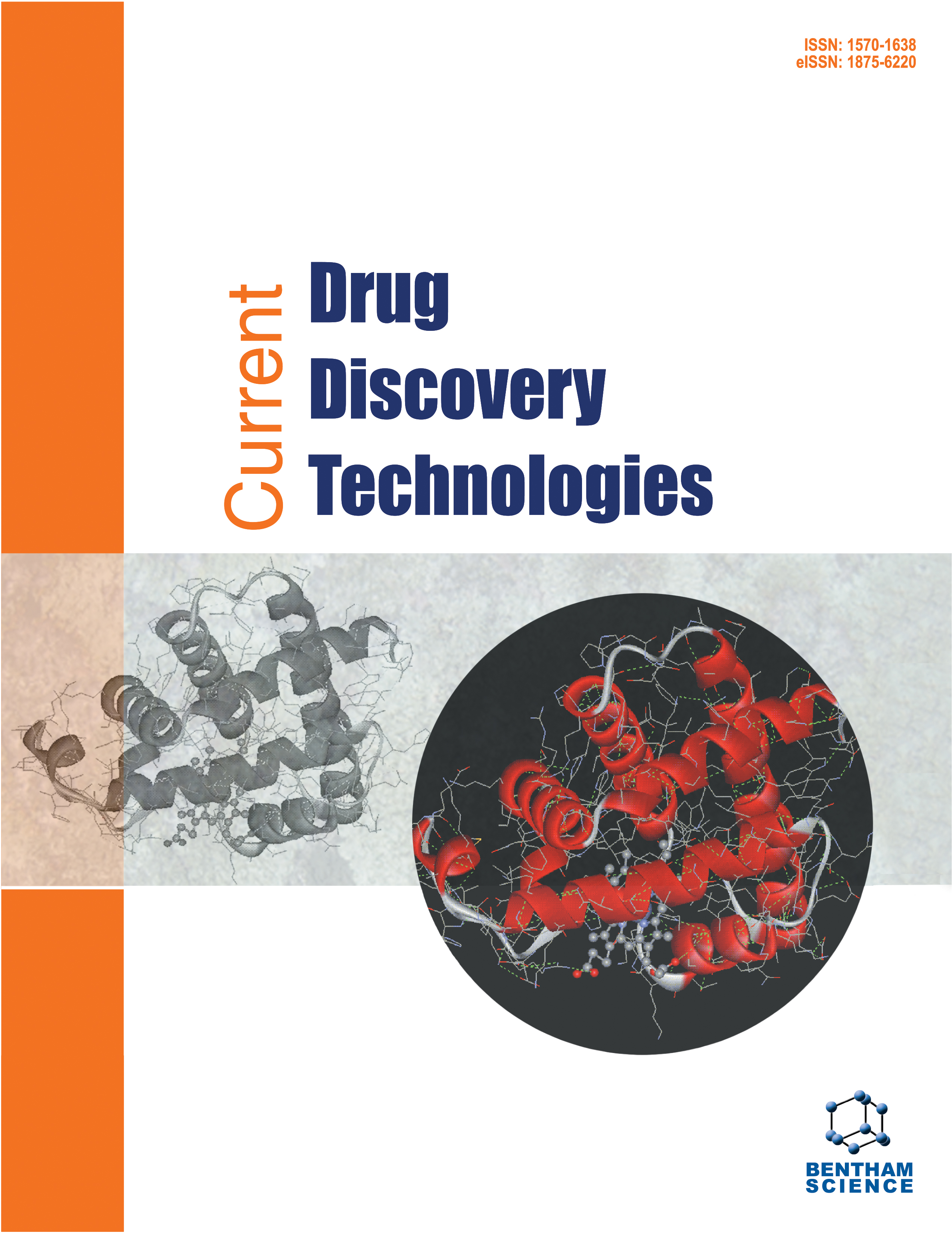
Full text loading...
We use cookies to track usage and preferences.I Understand
A persistent long-standing, inflammatory skin condition that is brought on by a variety of factors is psoriasis. It is distinguished by itchy, scaly, reddish plaques, particularly on areas of the body that are frequently chafed, including the extensor sites of the limbs. Recent developments in molecular-targeted therapy that use biologics or small-molecule inhibitors can effectively cure even the worst psoriatic indications. The outstanding clinical outcomes of treatment help to clarify the disease's detrimental consequences on quality of life. Biomarkers that identify deep remission are essential for developing uniform treatment plans. Blood protein markers such as AMPs that are consistently quantifiable can be very helpful in routine clinical practice. The metabolic pathways involve biomarkers that can not only help diagnose psoriasis in a clinical setting but also indicate its severity based on the levels present in the body. Machine learning and AI have made a diagnosis of the expression of genes as biomarkers more accessible. In this article, biomarkers, as well as their key role in psoriasis, are discussed.

Article metrics loading...

Full text loading...
References


Data & Media loading...

